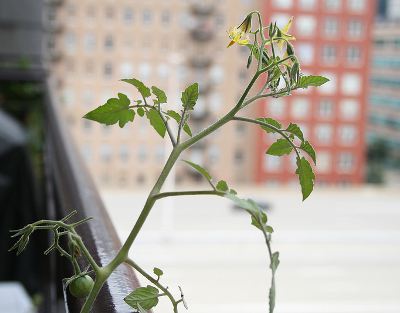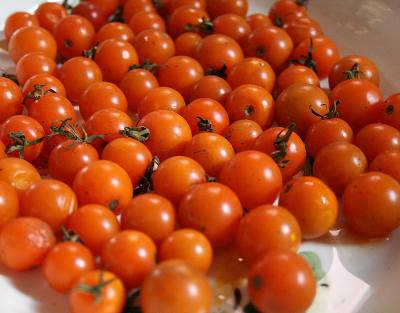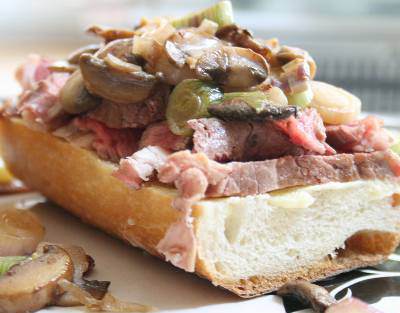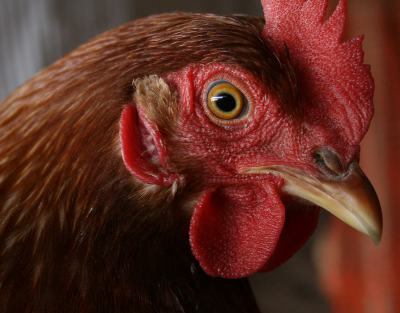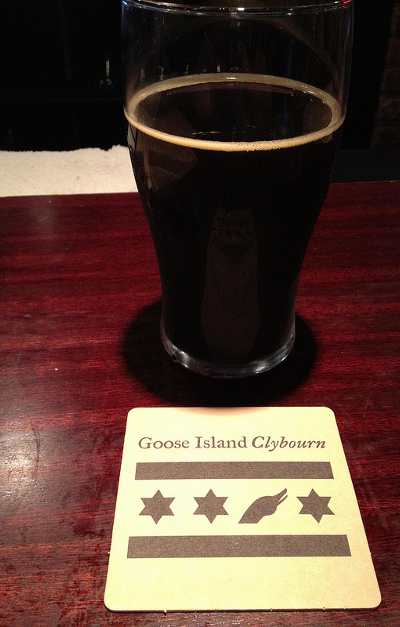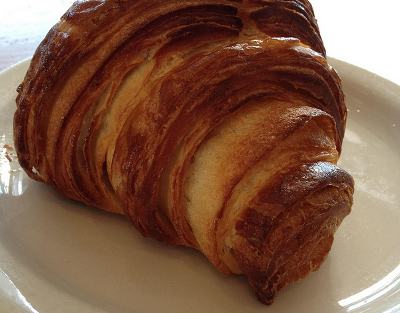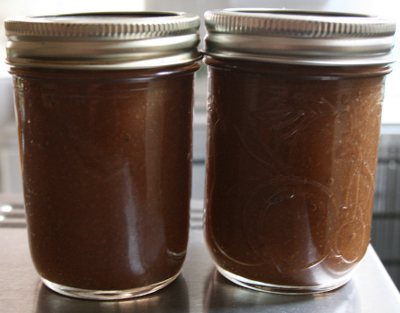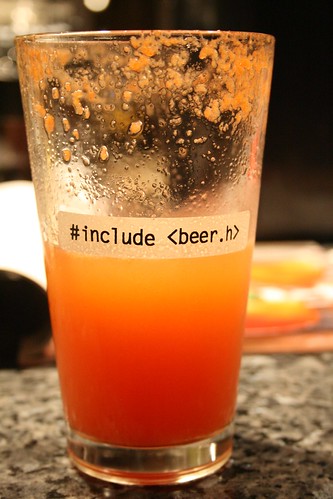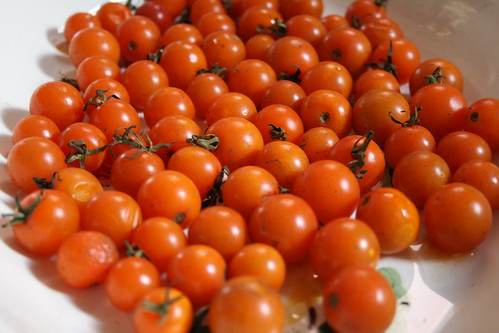So, originally, I had this plan to use this space to talk about my garden and a new blog I’m reading. However, I had a seasonal & amazing drink yesterday, and I had to bump the scheduled post in favor of a slightly later but more “real time” post. Because, seriously? I just had to share this with you.
It started as a cocktail recipe from Imbibe Magazine last year. I was a little perplexed that their tomato cocktails were in the September/October issue, but whatever. I waited. I plotted. I dreamed. I schemed. I was going to have a tomato cocktail the following tomato season. Maybe many.
So, of course, tomato season hits and I can’t find the right magazine anywhere. Mostly, it turns out, because I am looking in the past three or four year’s worth of May/June and July/August issues. I finally did some searching on their website and figured out which magazine I needed. I’m so glad I did! One, the cocktail was nice, but two, I got to start playing with this soda.
h2. Ingredients
6 extra-tasty, medium sized or larger, tomatoes, halved
Agave nectar
Fresh squeezed lemon juice
Club soda
h2. Instructions
Preheat the oven to 450F. Place the tomato halves in a roasting pan, cut-side up. Once the oven’s preheated, roast the tomatoes until the tops look just a hair dehydrated, tomato juice is starting to bubble up, and the sugars are caramelizing. Pull them out and let them cool, unless you have asbestos hands or a better set up then I do. If you can continue without burning yourself, by all means do.
Dump the tomatoes into some sort of appropriate container and puree the hell out of them with your immersion blender. Mostly because it’s fun, but also because you want tomato puree. Once you’re bored with your blender, which I understand can take awhile, dump the puree into a mesh strainer and strain the liquid into a bowl. Press on the solids to get out as much of the tasty, tasty liquid as possible. Discard the solids and measure the volume of the liquid.
Transfer the liquid to a saucepan and add 1 oz of agave nectar for every 3 oz tomato liquid, then simmer for 10 minutes. Allow to cool and refrigerate. Use in cocktails or whatever, until the day you decide you want to finish off the puree (four days after making it), but you don’t want booze.
Pour roughly 2 tbsp of tomato-agave mixture into a pint glass. Slowly add 8 oz club soda. This will foam like nobody’s business, so you may have to add in steps. It’s worth it. Stir, take a sip, then add lemon juice to taste.
Be amazed at your prowess in drink-making. Slowly sip and savor the complex soda you just made all by yourself. Be amazed at how the flavors change as the drink warms. Consider adding salt. Finish the glass & decide it’s worthy of a blog post.
h2. Cooking and Consumption Notes
h3. Cooking
Okay. Maybe that last paragraph just applies to me. I can accept that.
Honestly? This is easy. Easy as can be. Heck, I just made the recipe many more words than Imbibe made it for the puree, because I felt it added clarity, but I was fine as Imbibe wrote it. However, there are a few changes in my write up.
One, I call for “extra-tasty, medium or larger” tomatoes. Imbibe calls for “heirloom” tomatoes. I actually used one large-ish tomato and about a 9 × 13 pan’s worth of Sungold cherry tomatoes. This was fine, and made a delicious cocktail and soda (obviously), but dealing with a bunch of cherry tomatoes is kind of a pain. So, bigger ones are probably best. I also deduced the size requirement from the fact that the recipe calls for six tomatoes. Six Sungolds isn’t going to get you even three ounces of liquid…
My bigger problem is with the word “heirloom”. This is not a meaningless term, but it is not a useful term in a recipe. I believe “extra-tasty” conveys what the drink inventor, Paul Calvert who was at Pura Vida in Atlanta when this recipe came out, is probably trying to get at. Typical supermarket tomatoes, and even the same variety grown by your friendly farmer (or yourself!) probably won’t have the complexity of flavor many heirlooms do. However “heirloom” varieties really can range from tiny to huge in size. Also, some may just not taste as good as others (or as the tomato from wherever!). That second part seems to be rare – I haven’t yet met an heirloom tomato I didn’t like, but I know folks who have. So, certainly play around, and I recommend checking out heirloom tomatoes for your drink, but you might want to narrow it down a bit more.
Hell, if you have the patience for doing this with cherry tomatoes, Sungolds are delicious, kind of sweet (making them extra good for soda), and a gorgeous orange color! Me? I wonder what variety or varieties Mr. Calvert used when he finalized this drink!
h3. Consumption
Don’t just add the tomato-agave mix to club soda. I did that first and thought it was mediocre. Bill actively didn’t like it. The splash of lemon juice brightened everything to where I loved it and Bill kept saying, “Weird!” and drinking more and more of my soda. I assumed this meant “weird and good”, which he later confirmed.
So tasty. I thought it a little heavy on the lemon, at first, but it melded by the end and was just wonderful.
I do wonder if a less sweet variety might be a bit better, as some of what I got was pretty sweet. However, this could, of course, also be done by reducing the agave nectar a hair.
The entire time I was drinking it, I wanted to add a tiny pinch of salt. I should have. I will in the future. Bill will try this with lime juice instead of lemon.
Basically? This is good enough that I am tempted to make more tomato-agave mix today with my tomatoes instead of more Smitten Kitchen Naked Tomato Sauce, which is where 90% of my tomatoes went last year, I think.
Try it! It sounds a little weird, I admit, but it’s so very good.
